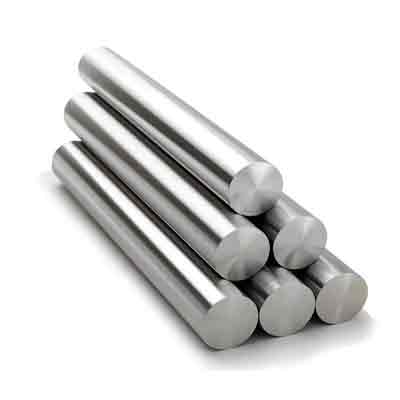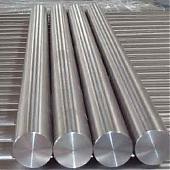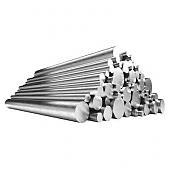Ferritic Alloy Steel

Ferritic Alloy Steel
Definition and Composition:
Ferritic Alloy Steel: Broadly defined, ferritic alloy steel refers to steel that is produced by adding deoxidizers and alloying elements to achieve specific properties or meet certain requirements. This steel typically includes iron combined with one or more additional elements.
Intermediate Alloys: In the iron and steel industry, intermediate alloys (such as calcium-silicon alloy) are often referred to as "iron" and may include pure metal additives and oxides.
Characteristics:
Melting Points and Restoration: The primary elements in ferritic alloy steel generally have higher melting points or their oxides are difficult to reduce and smelt. However, these elements are more easily reduced and smelted when combined with iron.
Usage: Ferritic alloy steel is often used as an additive in steelmaking due to its relative ease of melting compared to nickel iron. However, ferritic alloy steel itself is typically too brittle to be used as structural material.
Applications:
Deoxidizers:
Purpose: To remove oxygen from molten steel during the steelmaking process. Some ferritic alloys can also remove other impurities such as sulfur and nitrogen.
Commonly Used Deoxidizers: Silicon manganese, ferromanganese, and ferrosilicon. Strong deoxidizers include aluminum, calcium-silicon, and silicon-zirconium.
Alloy Additives:
Purpose: To enhance the properties of steel by adding specific alloying elements based on composition requirements.
Common Additives:
Ferromanganese
Ferrochrome
Ferrosilicon
Tungsten iron
Molybdenum iron
Vanadium iron
Nickel iron
Titanium iron
Niobium iron
Tantalum iron
Boron iron
Rare earth alloys
Phosphorus iron
Complex Ferritic Alloy Steel:
Definition: Ferritic alloy steel containing two or more alloying elements.
Benefits: Allows simultaneous addition of deoxidizing and alloying elements, improving the steelmaking process and enabling the efficient use of mineral resources.
Common Complex Alloys: Manganese-silicon, calcium-silicon, silicon-zirconium, silicon-manganese, aluminum-silicon, and rare earth ferrosilicon-manganese-calcium.
Inoculation:
Purpose: To enhance the crystallization of castings by adding certain elements to the molten iron before casting.
Application: Improves the quality of cast iron products by refining the grain structure.
In summary, ferritic alloy steel plays a crucial role in steelmaking as a deoxidizer and alloying agent, but it is not suitable for use as a structural material due to its brittleness. It is essential in optimizing the steelmaking process and improving the quality of cast iron products.
Related Products


